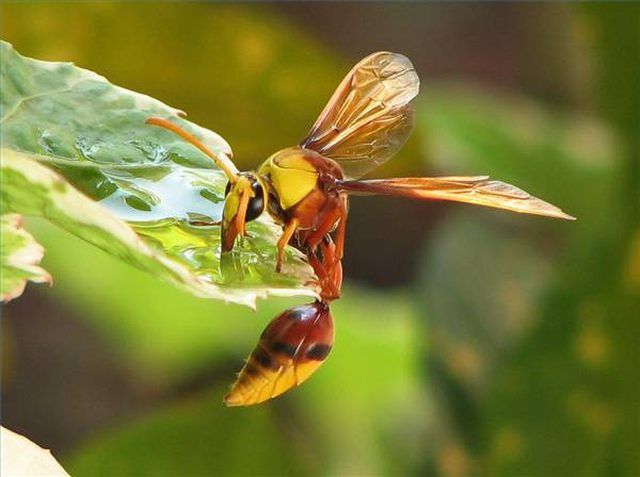Bulbs
Flower Basics
Flower Beds & Specialty Gardens
Flower Garden
Garden Furniture
Garden Gnomes
Garden Seeds
Garden Sheds
Garden Statues
Garden Tools & Supplies
Gardening Basics
Green & Organic
Groundcovers & Vines
Growing Annuals
Growing Basil
Growing Beans
Growing Berries
Growing Blueberries
Growing Cactus
Growing Corn
Growing Cotton
Growing Edibles
Growing Flowers
Growing Garlic
Growing Grapes
Growing Grass
Growing Herbs
Growing Jasmine
Growing Mint
Growing Mushrooms
Orchids
Growing Peanuts
Growing Perennials
Growing Plants
Growing Rosemary
Growing Roses
Growing Strawberries
Growing Sunflowers
Growing Thyme
Growing Tomatoes
Growing Tulips
Growing Vegetables
Herb Basics
Herb Garden
Indoor Growing
Landscaping Basics
Landscaping Patios
Landscaping Plants
Landscaping Shrubs
Landscaping Trees
Landscaping Walks & Pathways
Lawn Basics
Lawn Maintenance
Lawn Mowers
Lawn Ornaments
Lawn Planting
Lawn Tools
Outdoor Growing
Overall Landscape Planning
Pests, Weeds & Problems
Plant Basics
Rock Garden
Rose Garden
Shrubs
Soil
Specialty Gardens
Trees
Vegetable Garden
Yard Maintenance
How to Keep Wasps & Bees Out of a Birdbath
How to Keep Wasps & Bees Out of a Birdbath. Just like people and animals, wasps and bees need water to survive. When the weather heats up, they cool down by drinking water and letting it evaporate off their bodies. Unfortunately, insects can become a major summer nuisance as they crowd pools, ponds and birdbaths. The only way to keep wasps and bees...

Just like people and animals, wasps and bees need water to survive. When the weather heats up, they cool down by drinking water and letting it evaporate off their bodies. Unfortunately, insects can become a major summer nuisance as they crowd pools, ponds and birdbaths. The only way to keep wasps and bees out of the birdbath is to provide an alternate water source--such as a bee bath or pond--that is so appealing they forget about the source that's off limits.
Things You'll Need
Shallow dish or 10-gallon container
Water
Gravel
Aquatic plants
Bee Bath
Select a shallow dish for your bee bath. The dish can be a piece of pottery, a pretty plate or even another birdbath. Pick a dish that's blue, white or light yellow if possible--bees and wasps are most attracted to these colors.
Sprinkle gravel or small pebbles in the bottom of the dish. Fill the dish with water, stopping just short of the top of the stones. These rocks will serve as landing spots for the bees, hopefully making this new bath more attractive to them.
Place the bee bath in a quiet part of the yard, away from the birdbath. Drain the birdbath. You can fill it up again later, but the idea is to do everything possible to encourage the bees to seek out the new watering hole.
Bee Pond
Obtain a pot, bucket, barrel or other container--basically anything that will hold at least 10 gallons of water. If necessary, line the pond with sturdy plastic. Fill it with water.
Purchase aquatic plants such as water hyacinth or elodea (you can find these and other varieties at most nurseries). Submerge the plants in the pond. Like the stones in the bee bath, the plants will serve as landing areas for wasps and bees.
Place the pond in a quiet, sunny part of the yard away from the birdbath. Drain your birdbath. Keep it empty until the bees seem to have established their new hangout.
Tips & Warnings
Try planting white, blue or yellow flowers around the bee bath or pond to encourage bees and wasps to linger there. Remove flowers near your birdbath, or move it to a flowerless location.
If you choose to build a pond, consider filling it with small goldfish or mosquito fish to eat mosquito larvae.